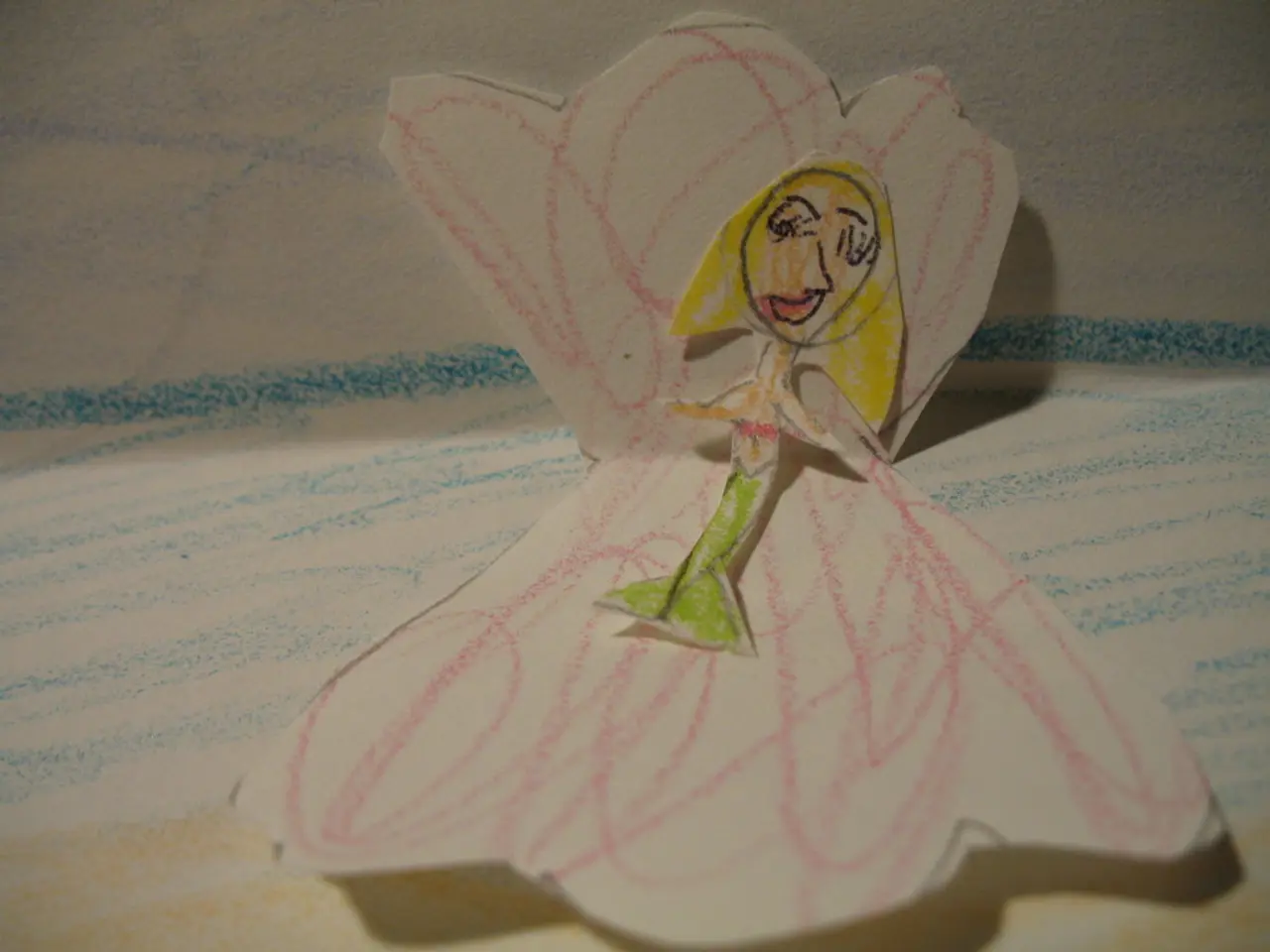The Process Behind Digital Matte Painting
In the world of filmmaking, digital matte painting has emerged as a powerful tool to create captivating, otherworldly settings that blur the line between reality and fiction. This technique, with roots dating back to the mid-19th century, has revolutionized the way we experience cinema.
Matte painting, whether digital or traditional, begins with a scene description from the film's art director. Working closely with them, the matte painter defines the composition and emotion of the concept art. The process then unfolds in a blend of digital painting and image manipulation software, where artists create rich, layered background environments.
The digital matte paintings are not confined to 2-D images alone. They often incorporate 3-D models and animated elements, adding depth and complexity to the fictitious worlds. This approach replaces the traditional hand-painted glass matte paintings used historically.
The integration of these digital creations with live footage and CGI is a crucial step. This collaboration allows filmmakers to craft immersive, expansive worlds without the need for physically building impossible or costly locations. To ensure the seamless integration of the matte paintings with the live-action camera, digital tools often employ 3D projections of the artwork onto simple geometry.
Compositing software is then used to merge these layers, creating a single, seamless image or shot. This process gives matte painters greater creative freedom, precision, and efficiency compared to traditional methods.
In some cases, digital matte paintings are printed on large canvas sheets and used as physical backdrops during filming. For instance, in "Harry Potter and the Prisoner of Azkaban," six printed canvases, each 100-feet long, were used to create a stunning backdrop.
The Dawn Process, an in-camera matte shot method developed by Norman Dawn in the early 1900s, is another technique used in filmmaking. This method involves blocking out parts of a scene with black paint, shooting the scene through a glass matte, and painting new images to replace the blocked parts.
Many digital matte painters have a Bachelor of Fine Arts degree from an accredited college or art school, where they learn traditional art techniques and concepts like composition, color selection, and perspective. These foundational skills, combined with their digital expertise, enable them to create complex, photorealistic fictional worlds seen in modern blockbuster films like Blade Runner 2049, Avatar, and The Lord of the Rings trilogies.
Employers often look for matte painters who are proficient in a variety of software tools, including 3-D modeling, visual effects, and animation programs. As technology continues to evolve, so too does the role of the digital matte painter, promising a fascinating future for this art form in cinema.
[1] Digital Matte Painting: The Art of Photorealistic Effects in Film, Television, and Games, by Jeff Wachtel [4] The Art of Digital Matte Painting: Behind the Scenes of Blade Runner 2049, by Ian Failes [5] The Art of Digital Matte Painting: A Practical Guide to Creating Photorealistic Effects in Film, by Jeff Wachtel and Brian Humphrey
[1] The integration of data-and-cloud-computing technology into the field of digital matte painting has facilitated the creation of more complex, photorealistic fictional worlds, as demonstrated in modern blockbuster films such as Blade Runner 2049.
[2] As artificial-intelligence technology continues to advance, it may lead to innovative solutions in the world of digital matte painting and filmmaking, potentially revolutionizing the way we experience cinema once again.




